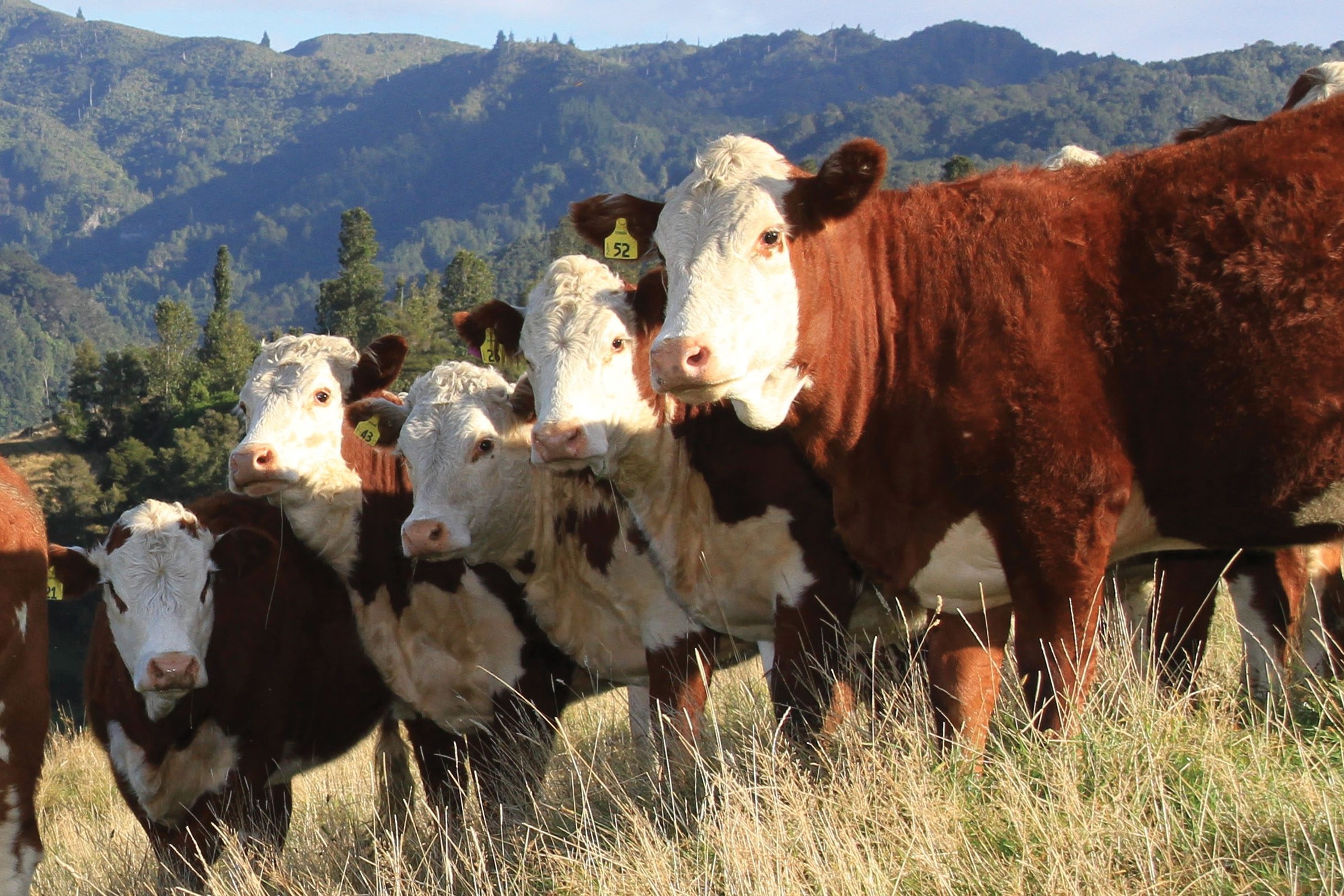If your farming system is based on rearing or finishing Friesian bulls, then you are likely to face a continued dwindling supply of your preferred stock class next spring and in years to come.
Accelerating uptake of sexed semen in the dairy industry is cutting purebred Friesian bull births, as is the general shift towards Kiwi-cross in the national dairy herd which will further reduce supply of purebred Friesian calves in the future, LIC’s general manager New Zealand markets, Malcolm Ellis says.
“About 70% of dairy replacement heifer calves reared now are Kiwi-cross,” he told Country-Wide.
That will mean purebred Friesian, or come to that pure Friesian x beef calves, will become harder to procure but it doesn’t mean there aren’t beef options for non-replacement calves born to Kiwi-cross cows, he stresses.
Wagyu-cross are proving popular for their ability to produce marbled beef and use of semen from double-muscled beef breeds such as Charolais and Belgium Blue is also on the increase, albeit from a low base.
The other “big move” last spring was to Speckle Park bulls, which leapt to become the third most popular choice from LIC’s beef catalogue.
“But the vast majority are still short-gestation Herefords with dairy farmers continuing to favour that white face marker and the additional milking days on offer,” says Ellis.
In total, LIC beef breed straw sales increased by 24,000 last year, an increase of 7%. At an average conception rate of 60% that suggests a little over 14,000 more beef-cross calves nationally next spring resulting from LIC’s AI services.
Ellis notes the increase in beef semen sales doesn’t correspond with the sexed semen growth as in many cases farmers ordering some sexed semen straws are mating the cows freed up to LIC’s premier sires, ie dairy breeds, as they recognise the potential opportunity for live export.
That’s despite LIC offering a free insemination service for each beef straw bought with a sexed semen straw, effectively a 33% discount on each beef straw inseminated.
LIC’s sales of sexed semen more than trebled last year, to 108,000 straws, up from 13,000 in 2018 and 33,000 in 2019. Orders are on track to total 180-200,000 this year and by 2025 sales are planned to be in the order of 500,000, says Ellis.
It’s not just New Zealand’s dairy industry going down the sexed semen track, he adds.
This year’s LIC Genetics catalogue is the first to feature a flip-flop design where one way up it opens onto dairy genetics pages, while flipped over and turned around, it opens onto beef genetics pages. In the past, beef occupied just a few pages at the back.
The catalogue is available online, enabling dairy-beef calf-buyers to look at bulls available and liaise with their dairy farmer suppliers about which ones’ progeny they’d like to be buying.
CRV Ambreed product manager for Oceania, Peter van Elzakker, echoes Ellis’ comments about the growth in use of sexed semen with CRV’s orders for next season already matching last year’s total and on track to make up about 10% of the company’s sales.
“But it’s a bit early to say if that increased use of sexed in dairy will lead to an increase in beef semen sales, be that sexed or conventional,” he says.
In other parts of the world use of sexed semen is already much higher, at 20 to 25% of all inseminations in the US and close to 50% in the United Kingdom (UK), says van Elzakker.
ST Genetics’ Rudolph Linde, who has just returned from working in the UK, agrees with that UK figure, putting it at 48 to 50% sexed and while only a “single digit percentage” of that is currently beef semen, it has seen use of non-sexed beef semen soar to 51% of all inseminations. He believes the UK trend will be replicated here.
“We’re at a very early stage of this evolution in New Zealand but it is coming.”
Beef + Lamb New Zealand’s general manager genetics, Dan Brier, says a proposal to research how sexed semen might facilitate better integration of dairy and beef is being put together by B+LNZ with Dairy NZ and semen suppliers.
There are many drivers for dairy farmers to remove bulls from their farms, including health and safety, biosecurity, better genetics available through AI, diversifying income streams through higher calf values, and avoiding having to sell bobbies, he notes.
Hopefully, that will result in a win-win for beef and dairy farmers alike, he says.
“I would like to think buyers of four-day-old calves will be having a conversation with their dairy farm suppliers so the (dairy farm) calves have the traits they are looking for.”
• The LIC catalogue is available online at www.lic.co.nz/about/publications/
LIC’s Top 5 selling beef breeds 2020
- Short Gestation (SGL) Hereford
- Wagyu
- Speckle Park
- Angus
- Standard Hereford





